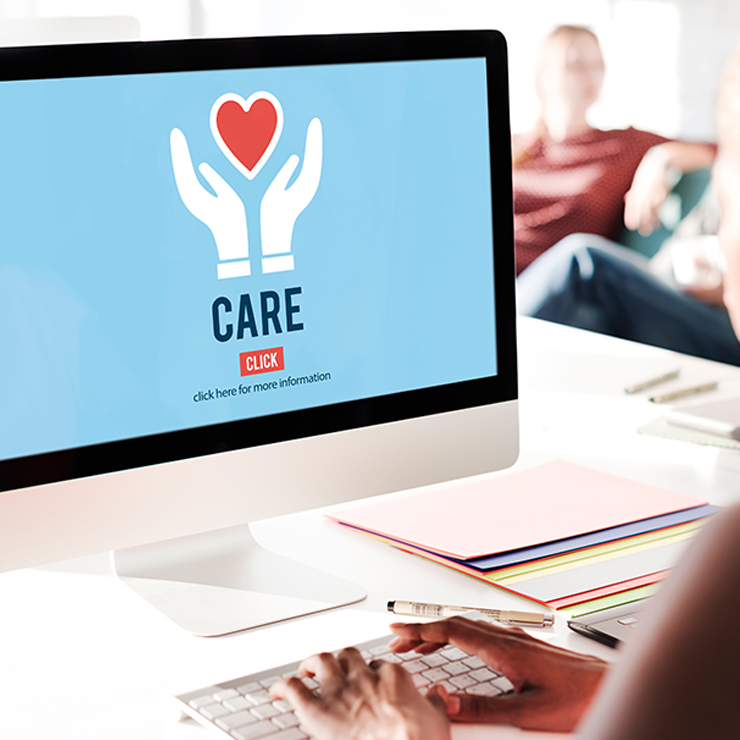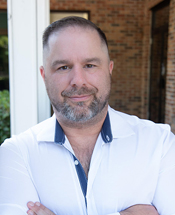 Skilled nursing facilities (SNFs) and assisted living facilities face increasing scrutiny regarding patient safety, regulatory compliance, and operational efficiency. Security risks—such as resident elopement, unauthorized access, and staff shortages—can lead to severe fines, legal liabilities, and reputational damage. However, facilities that implement a structured risk assessment program and modern security enhancements can mitigate these risks while using enhanced security as a marketing tool to attract new residents and improve employee productivity.
Skilled nursing facilities (SNFs) and assisted living facilities face increasing scrutiny regarding patient safety, regulatory compliance, and operational efficiency. Security risks—such as resident elopement, unauthorized access, and staff shortages—can lead to severe fines, legal liabilities, and reputational damage. However, facilities that implement a structured risk assessment program and modern security enhancements can mitigate these risks while using enhanced security as a marketing tool to attract new residents and improve employee productivity.
This article explores how upgraded security measures can reduce financial penalties, improve patient care, and position SNFs as preferred choices for families and health care partners.
Risk Assessment: The Key to Cost-Effective Security
A risk assessment serves as the foundation for security improvements by identifying vulnerabilities and implementing targeted, cost-effective solutions.
Steps in a risk assessment:
- Facility Walkthrough and Threat Analysis: Identify security gaps in entrances, exits, surveillance, and resident movement patterns.
- Staff and Emergency Preparedness Review: Evaluate training, response times, and incident reporting procedures.
- Access Control and Monitoring Evaluation: Assess visitor management, entry points, and tracking systems.
- Technology Audit: Review surveillance cameras, motion sensors, and tracking solutions.
- Compliance Check: Ensure adherence to CMS guidelines, OSHA safety regulations, and state-level nursing home laws.
How risk assessments reduce costs:
- Prevents expensive fines and legal claims related to elopement, neglect, and security breaches.
- Identifies low-cost interventions (e.g., better staff training, policy changes) before investing in expensive upgrades.
- Reduces the likelihood of lawsuits and insurance premium increases by addressing risks proactively.
Modern Security Upgrades: Preventing Fines & Boosting Admissions
Implementing state-of-the-art security solutions not only prevents regulatory violations but also enhances the facility’s reputation, making it more attractive to residents and families.
1. Access Control and Visitor Management
- Keypad or Keycard Entry Systems: Restrict unauthorized personnel and track visitor movements.
- Digital Visitor Logs: Automate sign-ins to enhance monitoring and audit trails.
- Biometric Scanners or Facial Recognition: Enhance security while streamlining entry for authorized staff and visitors.
Benefit: Reduces incidents of unauthorized access, minimizing liability risks.
2. Air-Driven Resident Tracking Software
Modern air-driven tracking technology offers non-invasive, real-time monitoring of residents, reducing elopement risks. These systems use air-pressure sensors instead of traditional RFID or GPS, allowing seamless tracking without wearable devices.
How It Works:
- Residents are tracked based on movement patterns and room locations.
- Alerts are triggered if a high-risk patient moves toward an exit or restricted area.
- No need for wearable devices, reducing resident discomfort and non-compliance.
Impact on Fines and Legal Exposure:
- Prevents elopement-related penalties (which can exceed $50,000 per incident).
- Improves compliance with CMS Immediate Jeopardy standards, avoiding facility shutdowns.
- Reduces staff workload, allowing caregivers to focus on patient-centered care instead of constant monitoring.
Marketing Advantage:
- Families seeking care for Alzheimer’s and dementia patients prioritize secure environments.
- Highlighting advanced resident safety features differentiates SNFs in a competitive market.
3. Surveillance and AI-Driven Security Monitoring
- Motion-Activated Cameras: Reduce security costs by eliminating 24/7 manual monitoring.
- AI-Powered Video Analytics: Detect unusual resident behavior, preventing accidents and injuries.
- Automated Emergency Alerts: Instantly notify staff when safety breaches occur.
How It Enhances Admissions:
- Families feel reassured by 24/7 monitoring and real-time security alerts.
- Marketing messaging can focus on “state-of-the-art security for peace of mind.”
The Financial Impact: How Security Enhancements Increase Revenue
Beyond reducing fines, upgraded security measures drive financial benefits by improving occupancy rates, operational efficiency, and staff retention.
A. Increased Admissions Through Reputation and Trust
- Facilities with strong security measures attract higher-paying private-pay residents who prioritize safety.
- Enhanced security features become a selling point for referral sources (hospitals, case managers, and elder law attorneys).
- Online reviews and family testimonials improve when security concerns are proactively addressed.
B. Improved Staff Productivity and Retention
- Automated tracking and surveillance tools reduce manual security duties for nurses and caregivers.
- Lower stress levels improve employee satisfaction and retention rates.
- Well-trained staff working in safe environments are more engaged and efficient.
C. Compliance-Driven Cost Savings
Security Upgrade Average Cost Potential Savings
| Cost to Implement | Benefits |
Keypad/Keycard Entry Systems
| $2,000–$10,000 | Avoids $50,000+ in elopement fines |
| AI-Powered Surveillance | $5,000–$20,000 | Reduces staff workload and legal risks |
| Air-Driven Tracking | $10,000–$50,000 | Eliminates costly wearable GPS tracking |
| Staff Training on Security | Free–$500 | Prevents negligence lawsuits |
This information is supported by multiple sources detailing the financial impact of regulatory compliance and noncompliance in skilled nursing facilities. The Centers for Medicare and Medicaid Services can impose fines up to $10,000 per day or per instance with noncompliance.
4. Using Security as a Marketing Tool
A. Branding and Messaging Strategies
1. Highlight Security in Admissions Materials
- Brochures, websites, and tours should emphasize enhanced safety protocols.
- Use messaging like: “Your loved one’s safety is our top priority—our facility exceeds industry security standards.”
2. Leverage Online Reviews and Testimonials
- Encourage families to share positive experiences regarding resident safety and care.
- Address past security concerns publicly, demonstrating proactive improvements.
3. Engage Referral Networks
- Partner with discharge planners, elder law attorneys, and senior living consultants to promote secure environments.
- Offer “Safe Senior Living” seminars showcasing facility security measures.
Security as a Competitive Advantage
Investing in risk assessments and upgraded security transforms skilled nursing facilities into safer, more attractive options for residents and their families. By preventing regulatory fines, reducing liability risks, and improving patient care, SNFs can increase occupancy rates, employee productivity, and financial sustainability.
 Implementing a Security Upgrade Plan
Implementing a Security Upgrade Plan
- Conduct a comprehensive risk assessment to identify vulnerabilities.
- Implement cost-effective security solutions like access control, air-driven tracking, and AI surveillance.
- Train staff on emergency response and security best practices.
- Market enhanced security measures as a differentiator to attract new residents.
By making security a cornerstone of care, skilled nursing facilities can reduce risk, boost profitability, and provide families with the peace of mind they deserve.
Kevin Dean is a security consultant and an Air Force intelligence veteran.